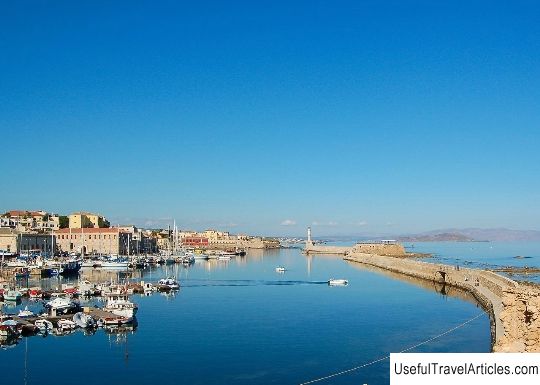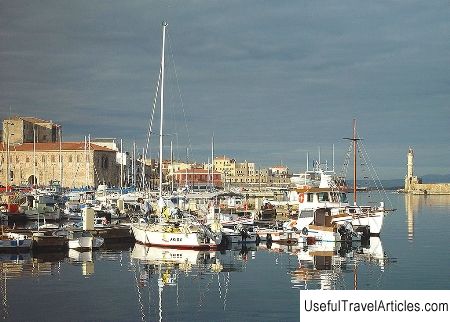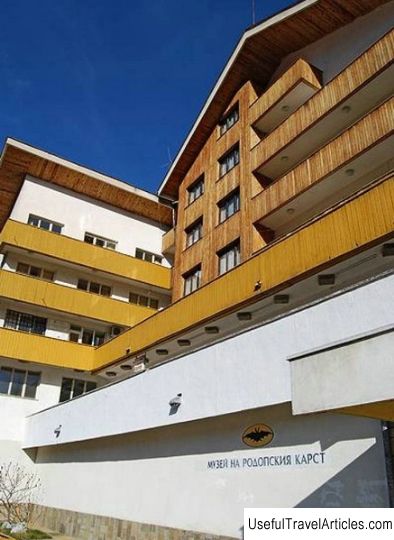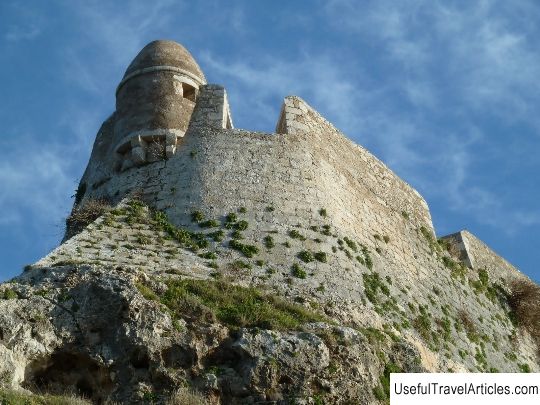Frangokastello fortress description and photos - Greece: Crete
Rating: 8,0/10 (600 votes) 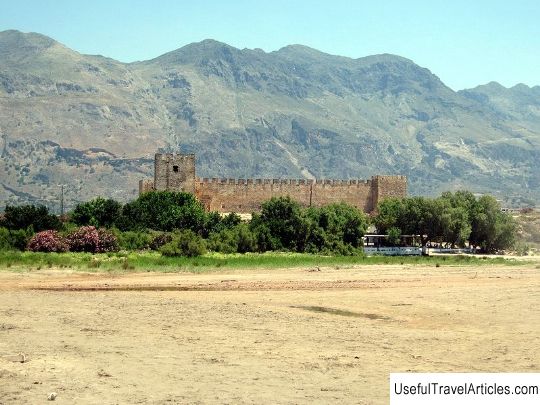
Frangokastello fortress description and photos - Greece: Crete. Detailed information about the attraction. Description, photographs and a map showing the nearest significant objects. The name in English is Frangokastello. Photo and descriptionOn the southern coast of Crete there is one of the best preserved castles - Frangokastello. The settlement of the same name was once located here (now destroyed). The castle is located 12 km east of the town of Chora Sfakion (Chania Prefecture). The fortress was built in 1371-1374 by the Venetians to house a garrison here, which will deal with the settlement of rebellions and uprisings in the Sfakia region, as well as to protect the Venetian nobility and their property from pirate raids. Initially, the fortress was named "the castle of St. Nikita" (after the patron saint of these places and the name of the church of the same name located nearby). But the contemptuous "Frangokastello", which literally means "castle of the Franks", was more popular among the locals. Gradually, this name was firmly entrenched in the fortress. Frangokastello is a rectangular structure with four watch towers (at each corner). Above the main gate is the symbol of the winged lion of St. Mark (the emblem of the Venetian Republic). The remains of the relief coats of arms of the Quirini and Dolphin families have been preserved in the wall to this day. Already during the Ottoman rule, Frangokastello was somewhat modernized, battlements with loopholes were built. The fortress has repeatedly witnessed fierce battles between the local population and the Turks. In May 1827, a significant battle took place that went down in history. The inhabitants of Sfakia, led by the Cretan rebel Dalianis, captured the castle in an attempt to launch a war of independence. The Turks took Frangokastello under siege and brutally dealt with the rebels. They say that every year in May, approximately on the anniversary of the battle, the same vision appears in the early morning: the shadows of armed men rush to the castle (it is believed that these are the souls of the Cretans who died here). Scientists have defined this phenomenon as a mirage and called it "drosulites". It is assumed that this phenomenon is caused by a kind of refraction of light, but scientists have not yet come to a consensus.          We also recommend reading Archaeological Museum of Rhodes description and photos - Greece: Rhodes Topic: Frangokastello fortress description and photos - Greece: Crete. |
